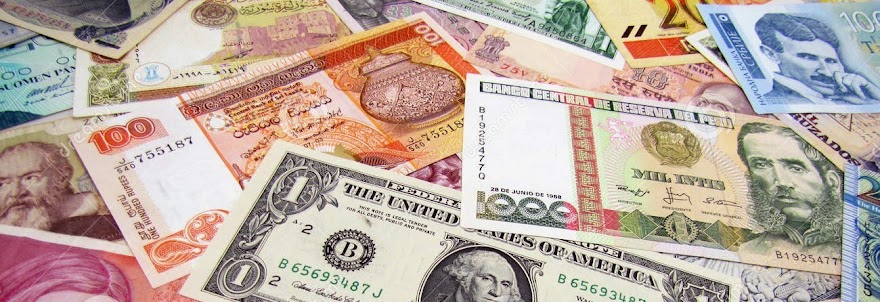1*
Bank of Bengal, 1819, Uniface Series, 250 Sicca Rupees, Serial Number 8246A, issued at Calcutta, signed by first Accountant Henry Tyler of the bank, later Bank of Bengal merged with Bank of Bombay and Bank of Madras to form Imperial Bank of India, which is now known as State Bank of India. Bank of Bengal was the earliest governmental bank in India who issued notes as early as 1812. These notes were cancelled by the bank after making payment to the bearer and took the signature of the Secretary off!
2*
Bank of Bengal, 1825, Commerce Series, 100 Sicca Rupees, Serial number 14450, issued at Calcutta, signed by the second accountant H. Henderson of the bank, The signature cut off by the bank and stamped cancelled after paying the bearer.
3*
Bank of Bengal, 1833, Commerce Series, 100 Sicca Rupees, Serial number 38189, issued at Calcutta, signed by H. Henderson, Cancelled and sign cut.
4*
Bank of Bengal, 1835, Commerce Series, 50 Sicca Rupees, serial number 47848, issued at Calcutta, signed by the third Accountant H.I. Lee of the bank, Cancelled and cut sign.
5*
Bank of Bengal, 1836, 10 Sicca Rupees, Serial number 34473, issued at Calcutta, signed by H.I. Lee, cancelled and cut sign.
6*
Bank of Bengal, 1852, 100 company's Rupees, Serial number 40928, issued at Calcutta, signed by H.I. Lee, cancelled and cut sign.
7*
Bank of Bengal, 1853, 50 Company's Rupees, Serial number 08962, issued at Calcutta, signed by C.N. Cooke accountant of the bank, cancelled and cut sign.
8*
Bank of Bengal, 1857, 10 Rupees, Britannia series,Serial number 41001, issued at Calcutta, cut from the center, the two halves were sent part-wise for payment to prevent theft or robbery.
9*
Bank of Bombay, 1860, 10 Rupees, Town Hall at the center, Mt Stuart Elphinstone and Sir John Malcolm to the left and right, Serial number A14518, Coat of Arms of East India Company at bottom.
10*
Bank of Madras, 184X, 3000 Rupees, proof on card, Equestrian statue of Sir Thomas Monroe at the center, Specimen, I have two examples of this note, this is the best grade.
Note: All notes are from my collection and are not for sale.

















